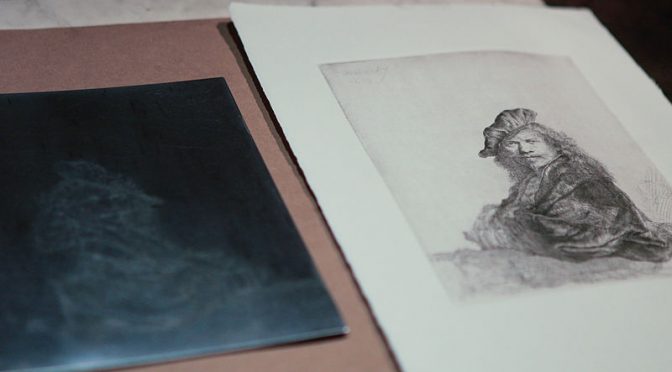Fine art prints are created in editions as small as 10 and up to 250. (Sometimes you will see a higher number but serious print collectors rarely will buy an edition over this number). This will read as 1/100, 2/100, 3/100 etc.
All prints are signed “in pencil” at the bottom of each print. Your name goes on the right, the number on the left, and the title in the center.
In addition to the printed edition, there are often a few artist proofs. These are the prints that are used to get the color right. The printer will use these later for the continuity of the edition. When the artist approves the print we call that an “Artists Proof.”
As a rule of thumb, A/P’s should not exceed more than 10% of the edition size. For example, an edition of 100 would not have more than ten artists proofs. These are also sometimes known as E.A.’s from the French, “ épreuve d’artiste” or as a BAT, from bon â tirer, the French for “good to print”. European printers and printers used to working in the atelier tradition usually use the French terms.
Artists Proofs are often numbered in Roman numerals. Once again, sign at the bottom. If there are 5 Artists Proofs they would be signed I/V, II/V, III/V etc. Roman numeral on the left, title in the middle, signature on the right. Artists Proofs are often considered more valuable because of the artists involvement in the process.
Prints that are not up to the quality the artist wanted are signed NFS (not for sale) or with the initials “H.C.” It is the French acronym for “Hors Commerce” or “not good to sell.” These prints are not sold.
The Printers Proof PP is a complementary copy given to the printer.
Offset prints are the equivalent of a photocopy to a print collector. They are created by a machine and not by an artist. They are signed but not numbered unless they are somehow “remarqued” (a little sketch in the corner for example) by the artist.
Featured image: Rembrandt van Rijn self portrait, etching


Leave a Reply